- many protected areas, the distribution of funds for conservation seldom considers the Indigenous population’s views on how the money should be spent.
- In Fiji, the Indigenous iTaukei people co-manage Vatu-i-Ra Conservation Park, a marine protected area, under traditional rules and values.
- Researchers did a study at Vatu-i-Ra where they asked the local population what they see as the fairest way to distribute conservation funds.
- They discovered to their surprise that the iTaukei felt the fairest means of fund distribution was according to who has customary rights, and not equal benefits or the opportunity-cost approach, as is typically practiced in Western conservation.
The iTaukei, an Indigenous people of the Fiji Islands’ Ra province, have strong cultural ties to both land and sea. With their unparalleled knowledge of their home, these traditional Fijians co-manage a new marine protected area known as Vatu-i-Ra Conservation Park. The park makes most of its money from tourists who come to dive in the coral-rich shores, but researchers with James Cook University in Australia and the Wildlife Conservation Society-Fiji wondered if the iTaukei felt the current distribution of funds was fair. What they found surprised them.
In a new paper in Environmental Science & Policy, the researchers compared what is considered “fair” for fund distribution by conservationists versus locals, in this case the iTaukei Indigenous people. Here’s what they found: the very people most affected by these practices may not find them fair. The study finds that managers must consider local views on fund distribution to craft more successful and inclusive protected areas.
The researchers asked the local communities which of the five alternative principles seems the “most fair” approach to distributing funds: equality, needs, rights, merits, and opportunity costs.
Current practices in Western, wealthy countries often favor the equality approach, where everyone in the region gets equal benefits, or the opportunity-cost approach, where the people who give up their historical resources, such as fishers, receive more funds.
But the local Fijians did not hold the prevailing views of the West.
“They consider the opportunity cost-based principle the least fair approach,” said Sangeeta Mangubhai, co-author of the paper and director of WCS-Fiji.
Instead, the interviewees chose the rights-based principle as the fairest.
“In other words, local people considered the fairest way of distributing monetary benefits was according to who has customary rights to the place where the conservation park is located,” said lead author Georgina Gurney from the ARC Centre of Excellence for Coral Reef Studies at James Cook University.

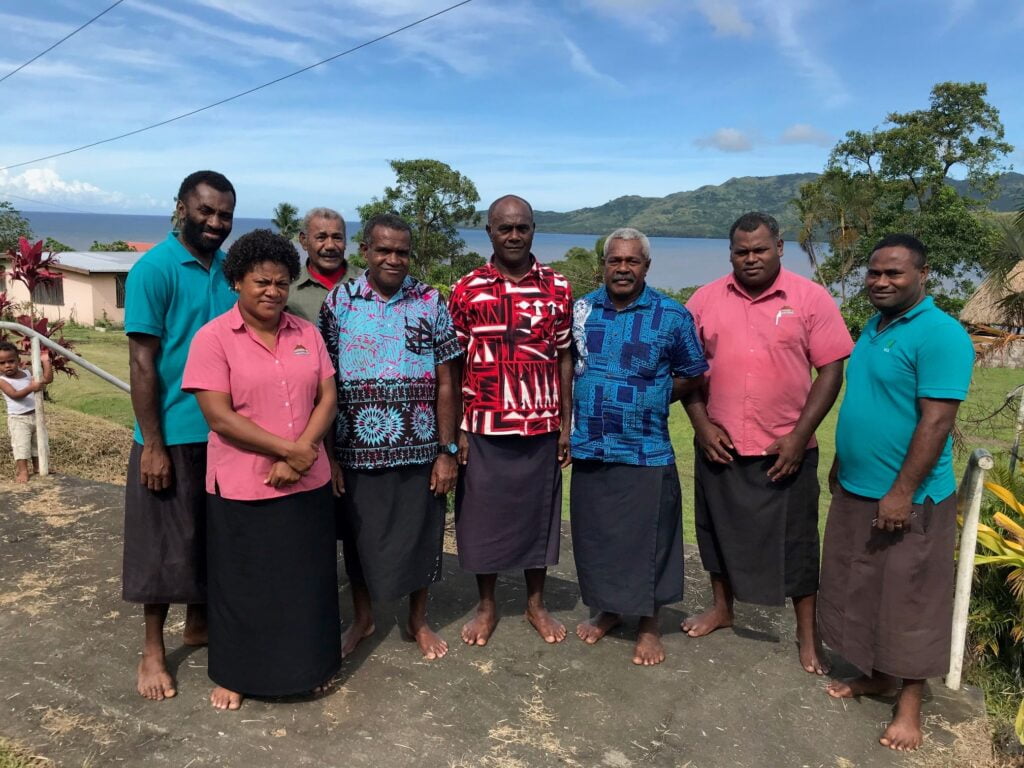
Conservation practices in low- and middle-income countries, such as Fiji, are often shaped by those developed in rich Western countries, Mangubhai said. The study’s findings, however, challenge conservation’s prevailing understanding of distributional fairness and commons management.
“We hope our work demonstrates the need to give due consideration to how different conservation or management interventions ‘benefit’ or ‘impact’ different members of the community,” Mangubhai said. “If the benefits or impacts are not considered fair, it is less likely that interventions will be successful because people are not likely to comply.”
Conservation across the globe
The study also examined how sociodemographic characteristics play a role in fairness judgements.
“Wealthier people [in the survey of Fijians] were more likely to think equality was unfair and the fisheries opportunity-cost principle was fair,” Gurney said. “These results provide insights into how fairness judgements could be influenced by elements of current social change in the Global South, including increasing levels of formal education and market engagement.”
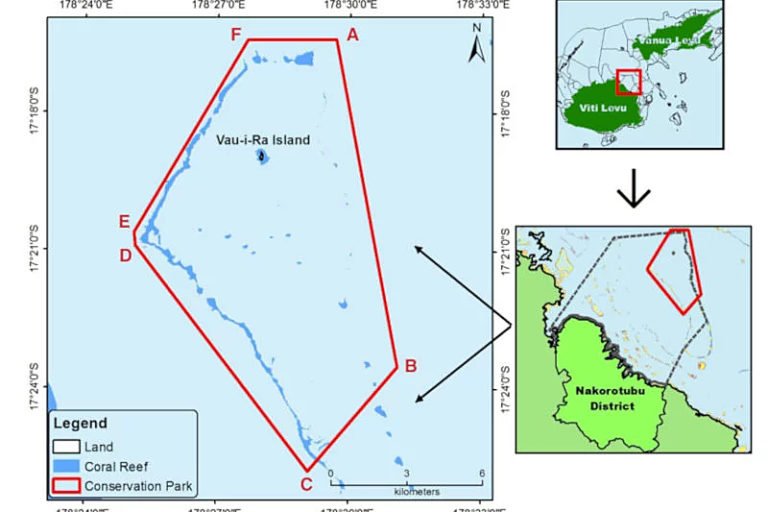
As world leaders discuss a goal of turning 30% of land and marine areas into protected areas by 2030, Mangubhai said fairness may be viewed differently in different cultures and geographies.
“So, whatever management intervention or system is being used, it is important to understand equity and fairness through the lens of the people in those places, particularly those with Indigenous land-sea rights,” she said.
Gurney said she plans to draw on the same approach to examine the three key dimensions of equity — distribution, procedure and recognition — in other countries and regions, including the management of Australia’s Great Barrier Reef.
“The approach can certainly be implemented in other contexts — indeed, there have been several studies that have examined similar questions regarding terrestrial protected areas,” she said.
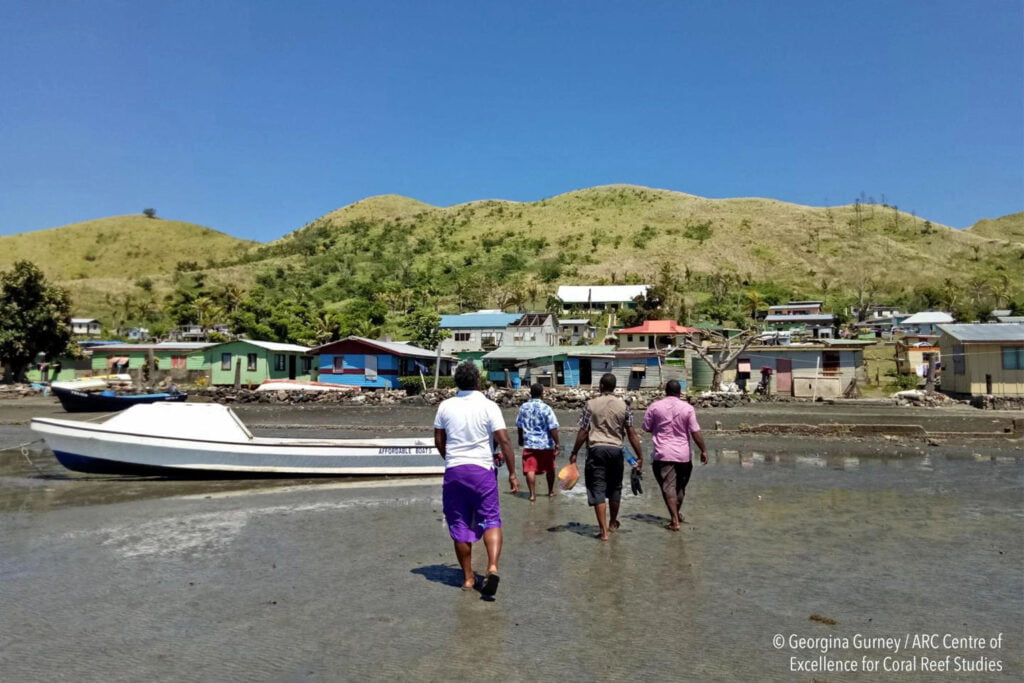
The rightful owners
The 47 iTaukei clans in Nakorotubu district are the traditional owners of Vatu-i-Ra Island and hold the customary fishing rights in the surrounding waters.
“Their culture dictates a strong duty to care for the whole environment, from the top of the mountains to the seas,” Mangubhai said. “In traditional Fijian culture, conservation does not mean locking things away — conservation refers to managing the environment sustainably so that resources will always be available for the future to provide food, water, health and, importantly, the ability to undertake cultural practice.”
They achieve this through the Fijian tradition called tabu, from which the English word “taboo” derives, which lets the communities close off areas to fishing, making them no-take zones. The protected area, too, was established under a tabu.
“Using a tabu means the rights of the Indigenous communities do not change … the tabu can be opened up again through a decision of the traditional chiefs,” Mangubhai said.
She added she hopes the currently closed-off waters — 80% of the protected area is off-limits to fishers — will have spillover effects. In other words, it will help fish populations grow in the rest of their customary fishing ground.
“This is one of the objectives of the park,” Mangubhai said.
She added that a parallel study in the same area found there was little knowledge of the specifics of the park’s funding system by locals, especially by women. Thus, the management committee of Vatu-i-Ra Conservation Park plans to undertake education and awareness gatherings in communities with a commitment to improve engagement with women.
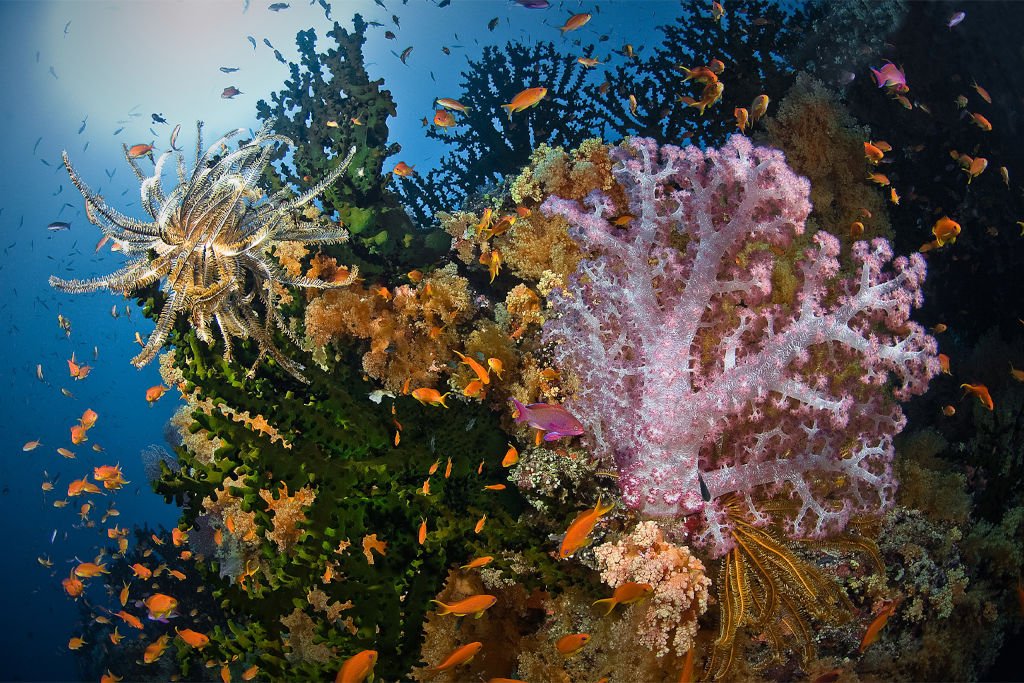
To date, the funds from Vatu-i-Ra Conservation Park have been used for managing the park and providing education grants to students in Nakorotubu district.
The scientists, though, say the new research can be a lesson to conservation managers the world over.
“[We] hope policy makers and conservationist practitioners don’t just come into communities and make their own assumptions on what is fair,” Mangubhai said.
Originally published on MongoBay.com by Nanditha Chandraprakash – 9 September 2021
Citations:
Gurney, G., Mangubhai, S., Fox, M., Kiatkoski Kim, M., & Agrawal, A. (2021). Equity in environmental governance: Perceived fairness of distributional justice principles in marine co-management. Environmental Science & Policy, 124, 23-32. doi:10.1016/j.envsci.2021.05.022
Gurney, G., Darling, E. S., Ahmadia, G. N., Agostini, V. N., Ban, N. C., Blythe, J., … Jupiter, S. D. (2021). Biodiversity needs every tool in the box: Use OECMs. Nature, 595(7869), 646-649. doi:10.1038/d41586-021-02041-4
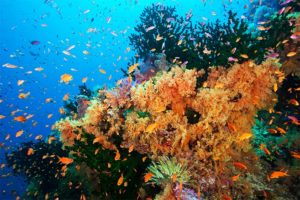

 Boat Donation from WCS and Blue Action Fund
Boat Donation from WCS and Blue Action Fund